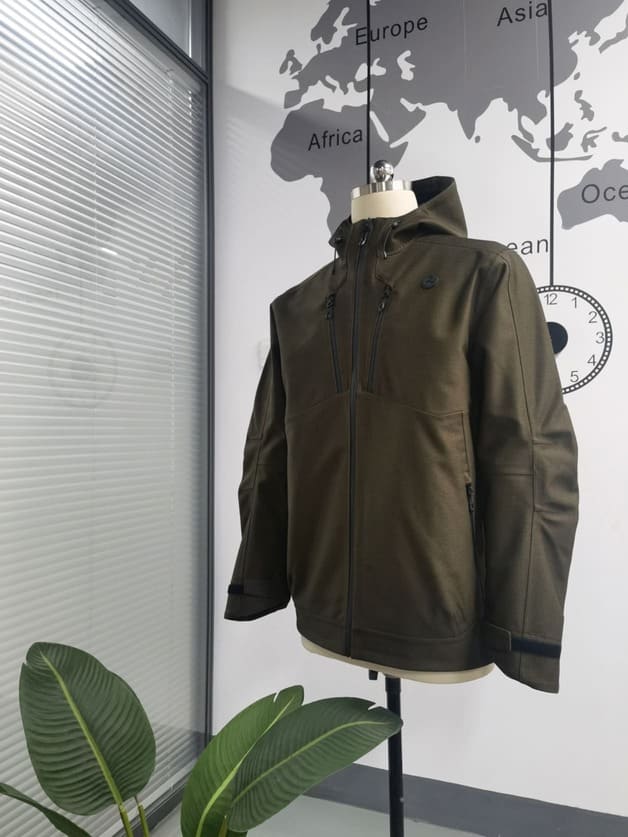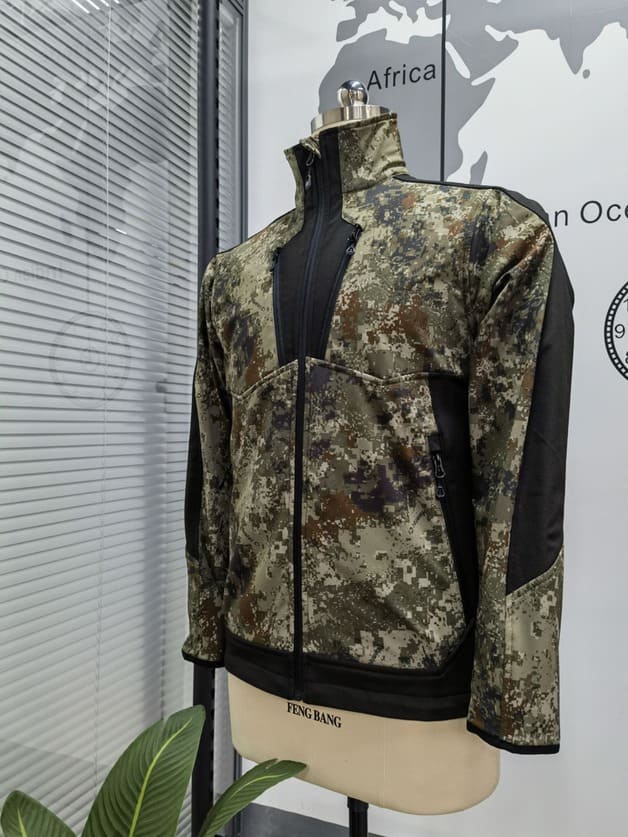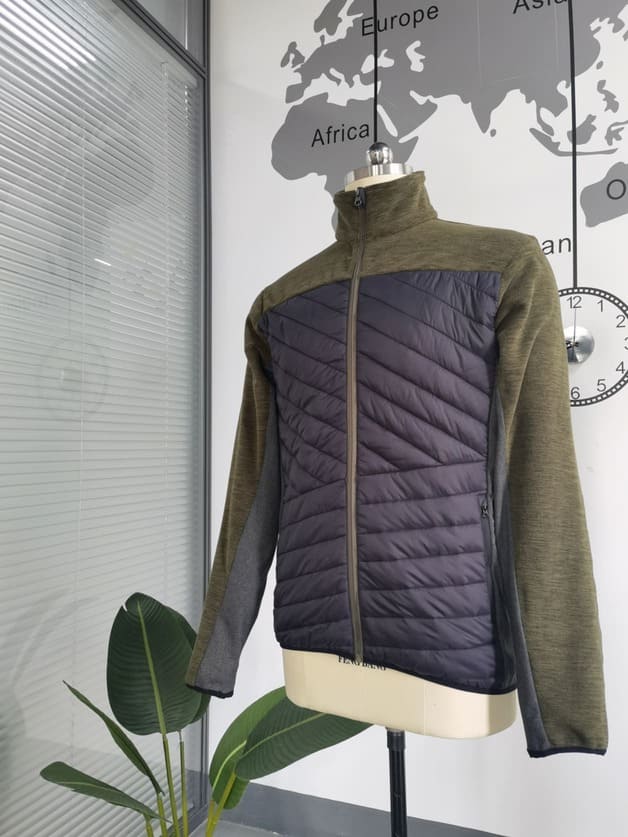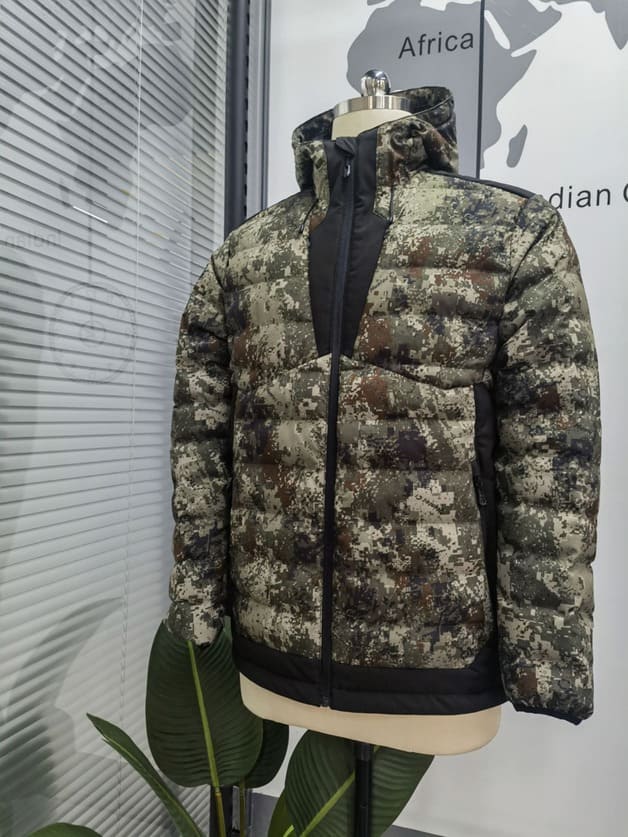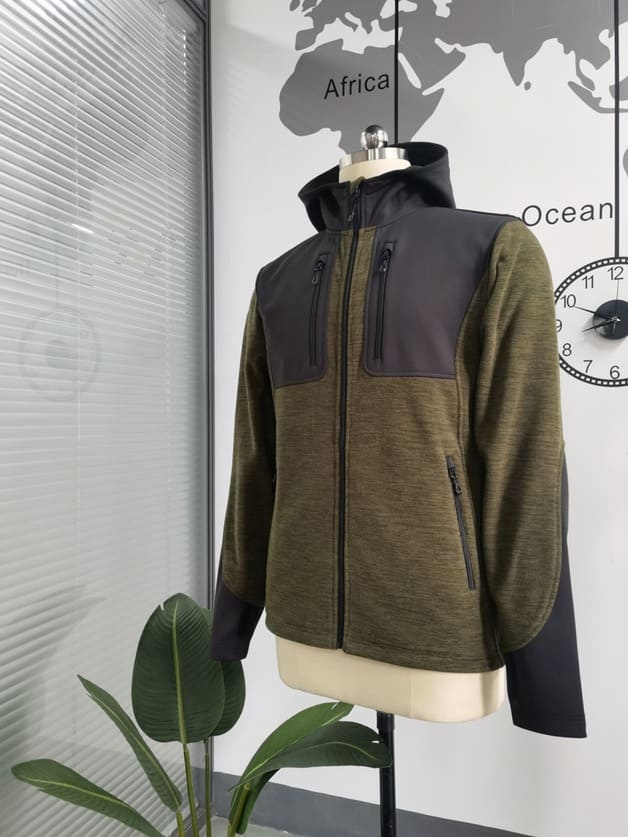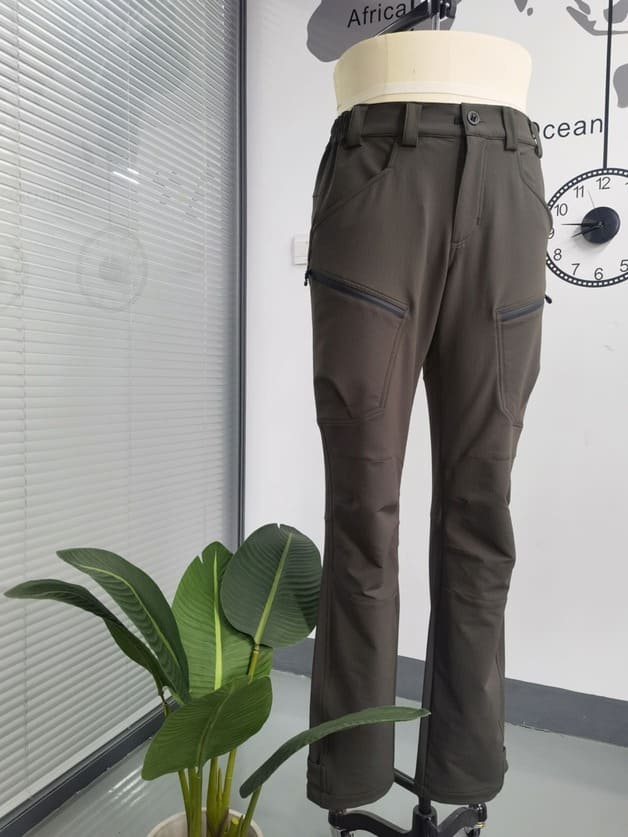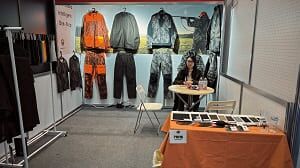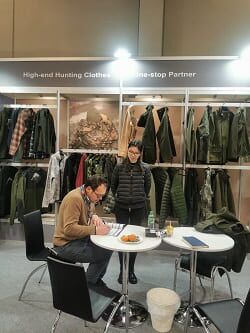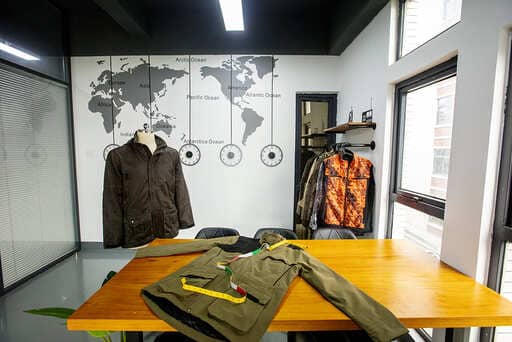Article Summary
Beyond just covering your legs, a great hiking pant is a piece of technical equipment. This guide breaks down the essential features to look for, from fabric choice and fit to pocket design and durability. Learn what separates a purpose-built hiking pant from a simple pair of trousers.
Introduction: Your Most Important Piece of Gear?
While many focus on backpacks and boots, a high-quality pair of hiking pants is arguably one of the most critical pieces of gear for comfort and performance on the trail. They protect you from the elements, allow for unrestricted movement, and carry essential gear. Choosing the right one makes all the difference.
The Holy Trinity of Hiking Pant Fabric
The fabric is the foundation. A great hiking pant must balance three key properties:
- Durability: The fabric, typically a nylon blend, must resist abrasion from rocks, branches, and general trail wear.
- Stretch: Integrated spandex or elastane (usually 4-12%) is non-negotiable for freedom of movement.
- Breathability: The material must allow sweat to escape to keep you dry and comfortable. A DWR (Durable Water Repellent) finish is also a standard feature for shedding light moisture.
Fit and Articulation: Designing for Movement
A hiking pant fails if it restricts your movement. Two design elements are crucial for ensuring mobility:
Articulated Knees
This involves adding darts or extra seams around the knee area, creating a permanent, slight bend in the leg of the pants. This small detail prevents the fabric from pulling tight when you bend your knees or take a high step, which is a constant motion in hiking.
Gusseted Crotch
Instead of having four seams meet at a single point (a major point of stress and restriction), a diamond- or triangle-shaped piece of fabric is sewn into the crotch. This gusset distributes stress and provides a much greater range of motion for your legs.
Functionality: Pockets and Features
Smart features separate good pants from great ones. The most important is pocket design.
- Thigh Pockets: As seen on this model, zippered thigh pockets are the most functional storage on a pair of hiking pants. They are easily accessible while on the move and don't interfere with a backpack's hip belt.
- Ankle Adjustments: Cuffs with snaps, zippers, or drawcords allow you to seal the pants around your boots to keep out debris and insects.
- Waistband Design: A soft, flat, or fleece-lined waistband enhances comfort under a heavy pack.
Conclusion: A Tool for the Trail
A well-designed hiking pant is a tool that empowers you to move through the wilderness with confidence and comfort. At Hi-nect, we focus on combining these essential elements—durable stretch fabric, an ergonomic fit, and functional features—to create hiking pants that truly perform for your brand's customers.

